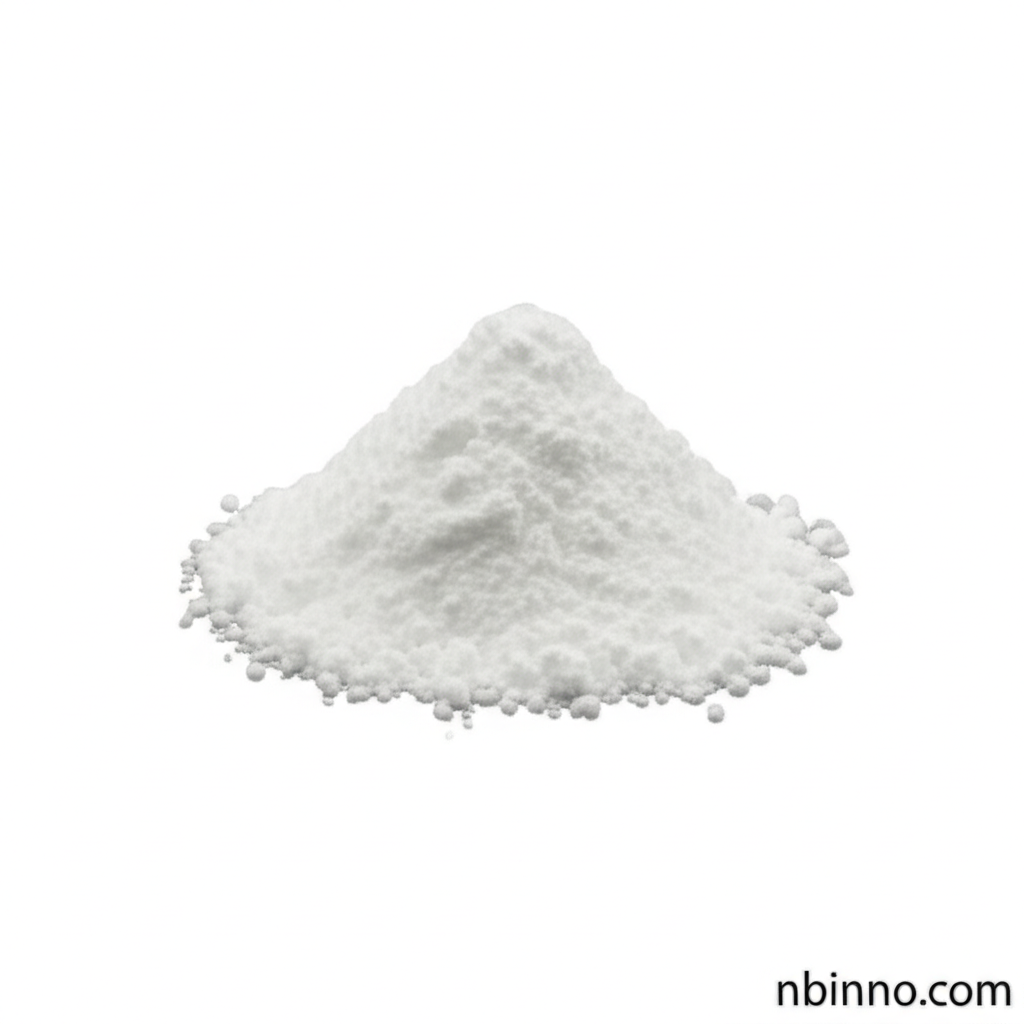Melanotan II: A Deep Dive into Synthetic Peptide Tanning Agents
Exploring the science, applications, and critical safety considerations of Melanotan II and related biochemical reagents.
Get a Quote & SampleProduct Core Value

Melanotan II
Melanotan II (CAS 121062-08-6) is a synthetic peptide analogue of the naturally occurring hormone alpha-melanocyte-stimulating hormone (α-MSH). It is designed to stimulate melanogenesis, the process by which skin cells produce melanin, leading to increased pigmentation and a tanned appearance with potentially less UV exposure.
- Understand the nuances of synthetic peptide tanning agents and their role in cosmetic applications.
- Explore the critical differences between Melanotan II and other biochemical reagents for research.
- Investigate the significant Melanotan II side effects and associated health risks documented by medical experts.
- Gain insights into the challenges and dangers of the unregulated peptide market and its impact on product availability.
Key Advantages and Considerations
Enhanced Tanning Response
This peptide works by mimicking the body's natural hormones to increase melanin production, offering a way to achieve a tan with reduced reliance on sun exposure. Learning about tanning without sun exposure is key to understanding its purported benefits.
Research and Development Potential
As a synthesized α-MSH analogue, it holds interest for research into melanocortin receptor activity and related physiological processes. Understanding peptide synthesis and safety is paramount for researchers working with such compounds.
Understanding Regulatory Landscape
The article highlights the illegal status of Melanotan II in many regions due to safety concerns, emphasizing the importance of understanding the risks in the unregulated peptide market.
Key Applications
Cosmetic Tanning
Primarily used to achieve a tanned skin tone, it aims to provide a sun-kissed look with potentially less time spent under UV radiation, a core aspect of cosmetic peptide innovations.
Biochemical Research
Serves as a subject for studies investigating melanocortin receptor pathways and their influence on various bodily functions. This aligns with the need for precise biochemical reagent sourcing.
Pharmaceutical Intermediate Studies
Its synthetic nature makes it a point of interest for understanding and developing related pharmaceutical compounds, underscoring the importance of pharmaceutical intermediate manufacturing practices.
Health and Safety Awareness
Crucial for educating the public and health professionals about the risks associated with unregulated products, particularly concerning Melanotan II melanoma concerns and other adverse effects.
